The following circuit is a non-inverting amplifier with a normal op-amp. I know how the "classic" one works: Vout/Vin = (R1+R2)/R2. However, there is a third resistor R3. As far as I know, it has something to do with an offset voltage. May someone explain what it exactly does and how to calculate it (+ the amplification here)? The resistor values I have chosen are random.
Additionally, I have a second question. I recently saw an capacitor within a feedback. It wasn't an op-amp but a differential transistor amplifier. Basically, there was the same feedback like on the circuit above with R1 and R2 + a capacitor between R2 and GND (in series). What's the purpose for that?

